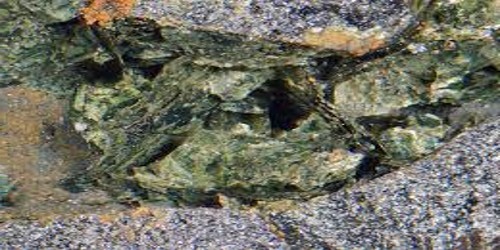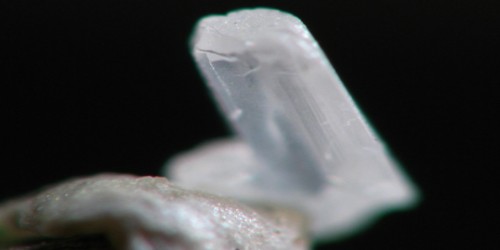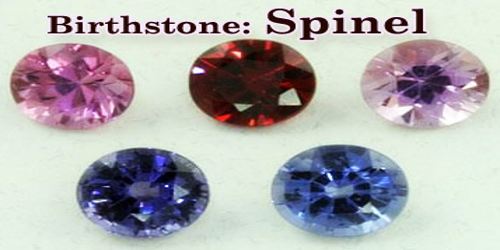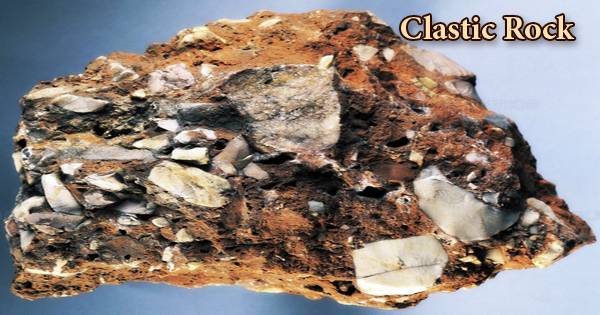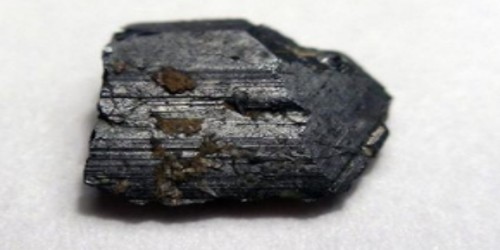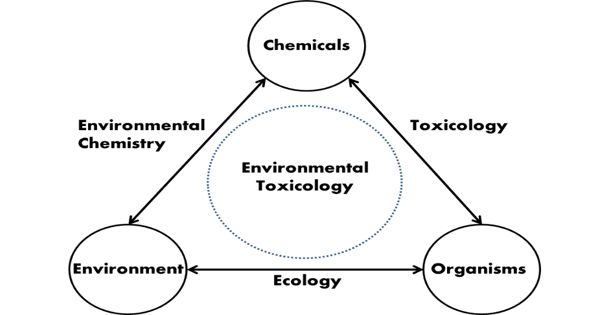Fougèrite is a relatively recently described naturally occurring green rust mineral. It is a trigonal clay mineral that is chemically and structurally related to green rust. It is the archetype of the fougèrite group in the larger hydrotalcite supergroup of naturally occurring layered double hydroxides.
Fougèrite was first found in forested soils near Fougères, Brittany, France, and recognized as a valid mineral species by the International Mineralogical Association in 2002.
General Information
- Category: Hydroxide mineral
- Formula: [Fe24+Fe32+(OH)12][CO3]·3H2O
- Crystal system: Trigonal
- Comment: Only when fresh; alters within hours and days
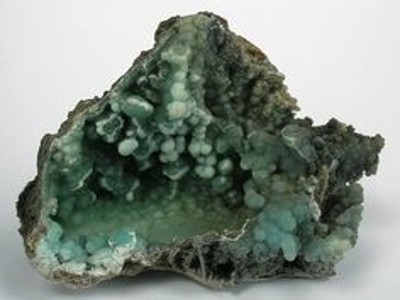
Fig: Fougèrite
Structure
The structure is based on brucite-like layers containing Fe2+ and Fe3+ cations, O2- and OH– anions, with loosely bound [CO3]2- groups and H2O molecules between the layers. Fougèrite crystallizes in trigonal system. The ideal formula for fougèrite is [Fe24+Fe32+(OH)12][CO3]·3H2O. Higher degrees of oxidation produce the other members of the fougèrite group, namely trébeurdenite, [Fe22+Fe34+O2(OH)10][CO3]·3H2O and mössbauerite, [Fe36+O4(OH)8][CO3]·3H2O.
Properties
- Colour: Bluish green
- Luster: Earthy
- Diaphaneity: Opaque
- Alters to: Unstable – alters to goethite or limonite
- Transparency: Opaque
Occurrence
It is blue-green to bluish-gray in color and resembles clay minerals inhabit, forming hexagonal platelets of submicron diameter. In this environment, it is intimately intergrown with trébeurdenite, to give varying overall ratios of Fe2+:Fe3+. The existence of two intergrown fixed-composition phases has been demonstrated by Mössbauer spectroscopy. The mineral is unstable in air, and decomposes by oxidation, dehydration, and decarbonation, to ferrihydrite, and ultimately to lepidocrocite or goethite, Fe3+O(OH).
Information Source:
